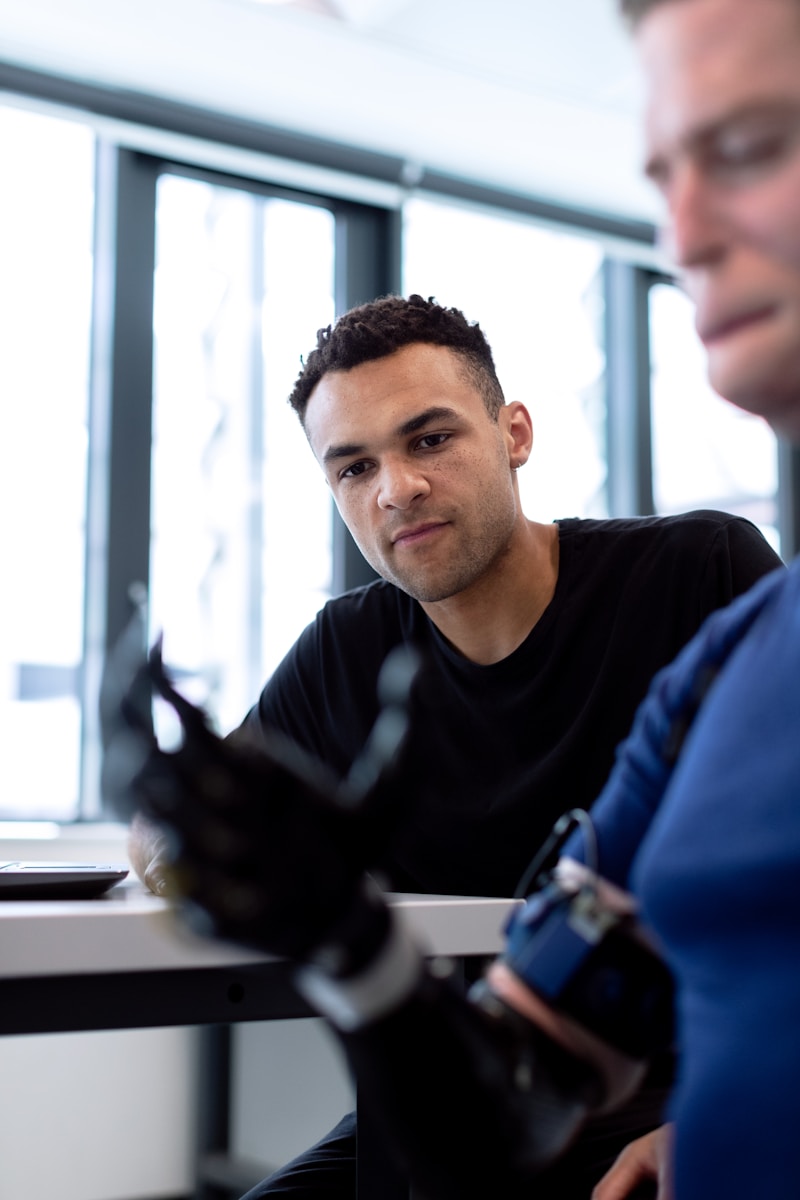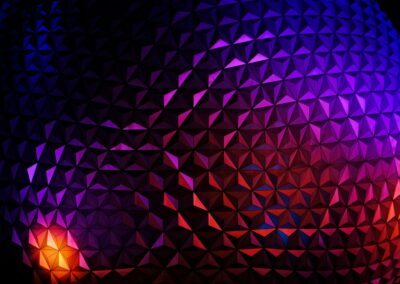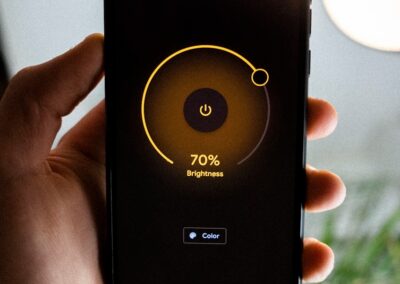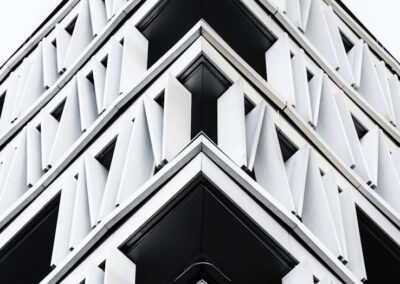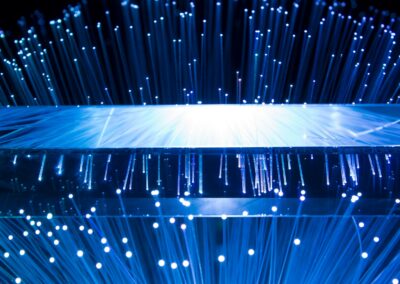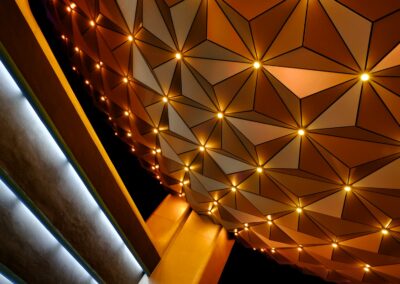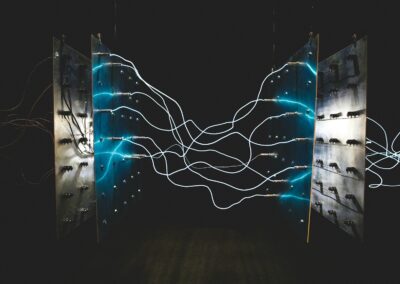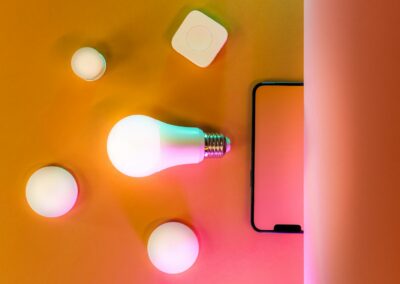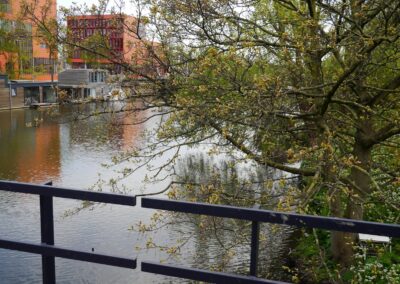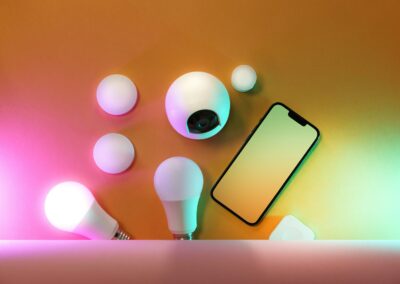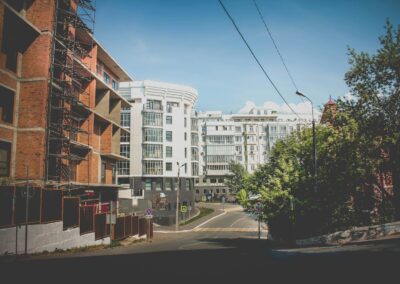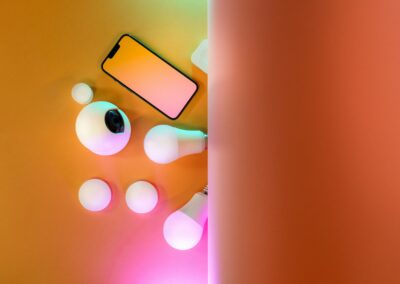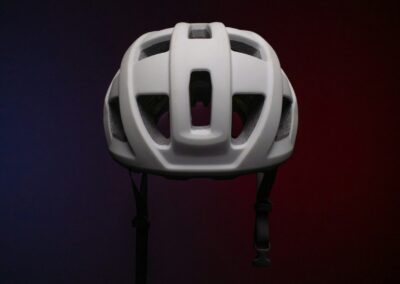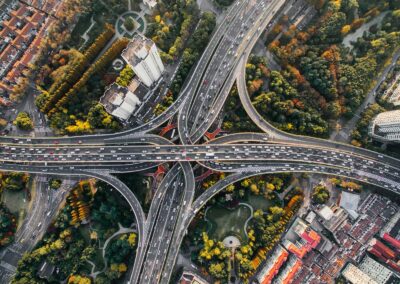Transforming Urban Infrastructure with IoT
Enhancing Efficiency and Energy Savings
The integration of IoT in smart lighting projects for urban areas offers transformative benefits, particularly in enhancing efficiency and energy savings. In cities like Riyadh and Dubai, where rapid urbanization is a key focus, the implementation of IoT in street lighting systems has proven to be a game-changer. Smart lighting systems utilize IoT sensors to monitor and adjust the brightness of streetlights based on real-time conditions, such as traffic flow and pedestrian movement. This dynamic adjustment not only ensures optimal lighting but also significantly reduces energy consumption, leading to cost savings for municipalities and a reduction in carbon emissions. The lessons learned from these projects highlight the importance of adopting IoT technologies to create more sustainable urban environments.
Improving Public Safety and Security
Another critical lesson from IoT-enabled smart lighting projects is the enhancement of public safety and security. In urban areas of Saudi Arabia and the UAE, smart lighting systems have been integrated with security cameras and motion sensors to provide real-time surveillance and incident detection. For instance, when unusual movement is detected, the system can automatically increase the lighting in the area and alert security personnel. This integration has been particularly effective in reducing crime rates and improving emergency response times. The success of these projects underscores the value of IoT in creating safer urban spaces, providing a clear example of how technology can be leveraged to enhance the quality of life for residents.
Facilitating Data-Driven Decision Making
Smart lighting projects equipped with IoT technology generate vast amounts of data that can be analyzed to inform urban planning and management decisions. In Riyadh and Dubai, data collected from IoT sensors in streetlights has been used to optimize traffic flow, plan infrastructure improvements, and manage maintenance schedules more efficiently. This data-driven approach allows city planners to make informed decisions that improve the overall functionality and livability of urban areas. The ability to collect and analyze real-time data is one of the most valuable lessons from these projects, demonstrating how IoT can transform urban management into a more proactive and efficient process.
Challenges and Best Practices in IoT Integration
Addressing Technical and Infrastructure Challenges
The integration of IoT in smart lighting projects is not without its challenges. Technical issues such as network connectivity, interoperability between devices, and data security must be carefully managed. In the UAE and Saudi Arabia, overcoming these challenges has required substantial investment in robust and scalable network infrastructure. Best practices include conducting thorough pilot testing, ensuring compatibility with existing systems, and implementing stringent cybersecurity measures to protect data integrity. These efforts are crucial for the successful deployment of IoT solutions and provide valuable insights for other cities looking to implement similar projects.
Engaging Stakeholders and Ensuring Community Buy-In
Successful IoT integration in urban areas also hinges on effective stakeholder engagement and community buy-in. In Riyadh and Dubai, involving local governments, businesses, and residents in the planning and implementation phases has been key to the success of smart lighting projects. Regular communication, public consultations, and education campaigns have helped to build trust and support for these initiatives. Ensuring that all stakeholders understand the benefits and have a voice in the process fosters a collaborative environment that is essential for the long-term sustainability of IoT projects. This approach serves as a best practice for other urban areas aiming to implement smart technologies.
Fostering Innovation and Continuous Improvement
The integration of IoT in smart lighting projects also emphasizes the need for continuous innovation and improvement. As technologies evolve, it is crucial for cities like Riyadh and Dubai to stay ahead of the curve by regularly updating their systems and exploring new applications of IoT. This can involve integrating additional sensors, enhancing data analytics capabilities, or expanding IoT applications to other areas such as waste management and public transportation. By fostering a culture of innovation, urban areas can ensure that their IoT projects remain effective and continue to deliver benefits over time. This lesson highlights the importance of adaptability and forward-thinking in the successful implementation of smart city initiatives.
Conclusion
The integration of IoT in smart lighting projects for urban areas provides valuable lessons in enhancing efficiency, improving public safety, and facilitating data-driven decision-making. Despite technical and infrastructure challenges, the successful deployment of these projects in cities like Riyadh and Dubai underscores the transformative potential of IoT. Engaging stakeholders, ensuring community buy-in, and fostering continuous innovation are essential best practices for leveraging IoT to create smarter, more sustainable urban environments.
#IoT #SmartLighting #UrbanAreas #SmartCities #IoTIntegration #BusinessTechnology #SaudiArabia #UAE #Riyadh #Dubai #AIIntegration #IoTDevelopment





